The Central Coast of Vietnam is not to be missed when traveling across this thrilling Southeast Asian country. Cities like Hue, Hoi An, and Da Nang are essential stops for anyone looking to put together a Vietnam itinerary as each of these cities highlights different elements of what makes Vietnam so special. Since the cities are so close together, most travelers find themselves needing to get from Hoi An or Da Nang to Hue, or vice versa. The problem is that there’s a dizzying number of ways to do the trip and no one right solution.
People typically choose to stay in either Hoi An or Da Nang and then continue on to Hue, or vice versa if traveling north to south. When taking into account cost, comfort, and time, there are many different ways to get from Hoi An to Hue, each with their own benefits and drawbacks. This means there’s really no one right way to make the journey as it really depends on you and your trip. To help you out, we’ve put together all your options on how to get from Hoi An or Da Nang to Hue.
Recommendation: Use Bookaway to easily compare and book bus, minivan, or train tickets from Hoi An/Da Nang to Hue.
From Hoi An/Da Nang to Hue by Train
Trains travel from Da Nang to Hue along the rail route that stretches from Ho Chi Minh City in the south all the way up to Hanoi in the north. There is no train station at Hoi An, though, so you’ll first need to reach Da Nang if you are going from there. According to the schedule, trains take from 2.5 to 3 hours, depending on the train service.
Five to six trains make the journey daily, although one of these isn’t really useful as it departs in the middle of the night. The four main services to consider are the SE10, SE4, SE2, and SE20. The SE10, the most popular, gets you to Hue in the early afternoon. Each service offers several different classes of tickets, which in order of increasing cost and comfort are: 2nd class seats, 2nd class sleeper, 1st class sleeper, and a two-person cabin (only available on select services).
The difference between the sleeper and cabin option is that the sleepers are shared with other passengers while the cabin is private. Unlike longer journeys along this route, you don’t really need a sleeper bunk for a three-hour journey. All carriages and seat options have AC. In high season, you may find that the cheaper options on the earlier trains sell out, so book early or you’ll need to pay a little more for a better seat. Electronic tickets can be purchased through Bookaway and can be shown in digital form.
Many people say that taking the train between Da Nang and Hue is the best option. It’s only a bit slower than driving the route between the cities and lets you sit back and relax. It’s also very reasonably priced, with 2nd class seats going for 150k–170k VND or $6–7 and private two-person cabins costing 350k–450k VND or $15–20. Another perk is that the train takes you right along the coast, meaning you have some exceptionally picturesque scenery to keep you entertained on the trip.
If you’re in Hoi An, you can reach Da Nang train station either by bus or by taxi. The #1 bus regularly runs between Hoi An and Da Nang and is your cheapest option, taking between 45 and 60 minutes, and costing 30k VND or $1.30. Alternatively, taxis take around 40–45 minutes and can cost anywhere from 300k–450k VND or $13–20.

From Hoi An/Da Nang to Hue by Bus
As in many places in Southeast Asia, the cheapest way to get between Hoi An or Da Nang and Hue is by bus. Several different bus companies operate services on this route, most of which are day buses. The bus trip takes four to five hours leaving from Hoi An and 3 to 3.5 hours out of Da Nang, so an overnight bus doesn’t really work.
With buses traveling from Da Nang or Hoi An, you have your pick of a regular tourist bus or a so-called “semisleeper.” The regular buses come with reclining seats and air conditioning and are run by Hahn Cafe or Hue Tourist. Hahn Cafe tickets costs around 120k–140k VND or $5–6, while Hue Tourist tickets are in the range of 190k–300k VND or $8–13 depending on time of day and availability. Since Hoi An is further from Da Nang, it’s a little more expensive, but the difference is less than a dollar.
As its name suggests, the “semisleeper” service operated by SinhTourist is different, as you’re given seats that are mostly reclined in a bunk format. This option gives you a little more space but can make it harder to socialize. Tickets for the SinhTourist buses cost 161k or $7 for both Hoi An and Da Nang.
Of the three options, SinhTourist and Hahn Cafe are typically recommended due to their reputation. At most, they each have one morning and one afternoon departure every day. Tickets for both companies can be found on Bookaway, so you can easily compare their services.
The appeal of taking a bus is that it’s the most affordable option. Of course, that’s because it’s slower and less flexible than traveling independently. Perhaps the greatest downside to taking the bus, though, is that you miss out on seeing the Hai Van Pass since buses take a tunnel through the mountains, which makes for a faster and less windy trip but also a less scenic one.

From Da Nang/Hoi An to Hue by Taxi
Of course, public transport isn’t the only way to get around, and taking a taxi or private car is by far the quickest option for traveling the 126km distance from Hoi An to Hue. Cars make the journey in around two hours depending on local traffic. There’s also the freedom of leaving whenever bests suits you, rather than traveling on someone else’s schedule.
This is also the most comfortable way to experience the Hai Van Pass. A famous mountain pass on Vietnam’s Central Coast, this pass is known for its winding roads and exceptional scenery. Being in private transport, you can choose to take this beautiful stretch of road and even arrange some photo stops if you like.
The obvious catch to the comfort and convenience of a private car or taxi is that it’s far more expensive than taking public transport. Yes, you can split between a group of people if you like, but it still won’t be cheaper than other options. There’s no end to places offering this private car transfer, both online and in town, so it doesn’t hurt to shop around. The cost for a sedan from Hoi An or Da Nang can cost $55–70, while SUVs and minivans are increasingly more expensive – up to around $80. You’ll have to do the math to see what works out best for you and your group.
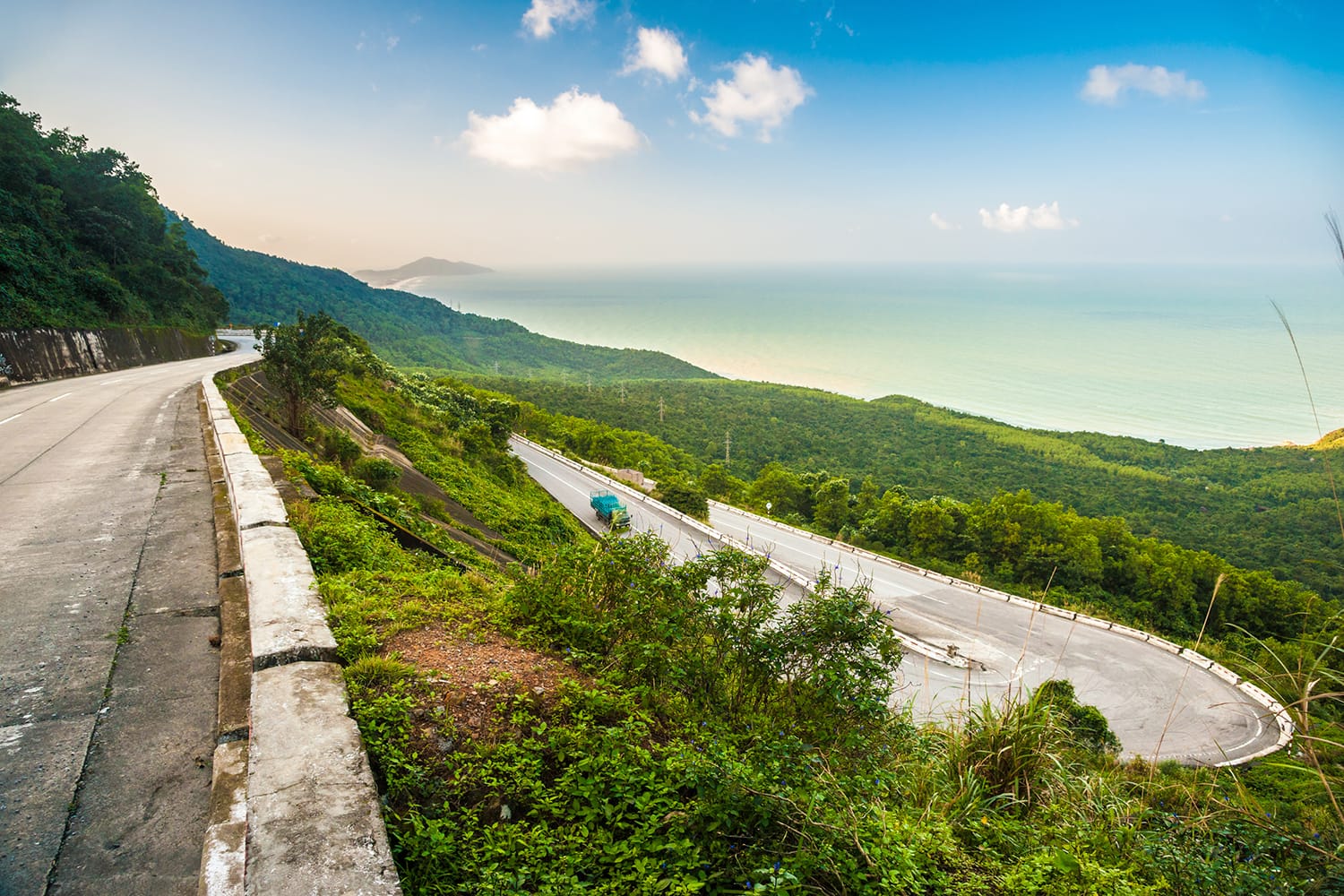
From Hoi An/Da Nang to Hue by Motorbike
For many, the Hai Van Pass is the absolute highlight of traveling between Hoi An or Da Nang and Hue, and most will say that the best way to experience the Hai Van Pass is by motorbike. On the back of a bike, you’re able to feel every twist and turn in the road, all the while staring out at this legendary 21km-long mountain pass. You can also stop and go as you please, meaning you can spend as long there as you like.
However, there are challenges to traveling this way if you’re not already touring Vietnam with a motorbike. Where do you get the bike? What do you do with your luggage? How do you return the bike in a different city?
That’s the beauty of a Hoi An to Hue motorbike tour. You rent a bike in Hoi An, ride it along the coast, and drop it off in Hue. The companies that offer these services even handle your luggage for you, either transporting it with you or separately so that it meets up with you at the other end. These tours are often nicknamed the Top Gear Tour as the car show played a big role in boosting the popularity of the Hai Van Pass.
There are two ways to do this kind of tour. Most tours provide you with a driver and you sit on the back seat, which is great if you don’t know how to drive. Some allow those who know how to drive to do so themselves, but you’ll need paperwork that shows you can ride one legally. There are many tour providers out there with varying costs, but you should expect to pay around $45 with a driver and around $55 to drive yourself. You can book a Top Gear motorbike tour with a driver here.
From Hoi An/Da Nang to Hue by Plane
In certain cases, flying can be a really affordable and useful way of getting around Vietnam. It’s not so in this case. There are no direct flights for this route, so it’s really not practical to fly such a short distance. You’d need to connect through either Hanoi or Ho Chi Minh City, meaning the flights alone would take at least four hours on a good connection.
Even with Southeast Asian budget airline prices, you’re looking at best a $45 ticket, which is only cheaper than a private taxi ride. Then you also need to worry about getting to and from the airports, which adds both time and money. Honestly, there’s really no good reason to fly from Da Nang or Hoi An to Hue.
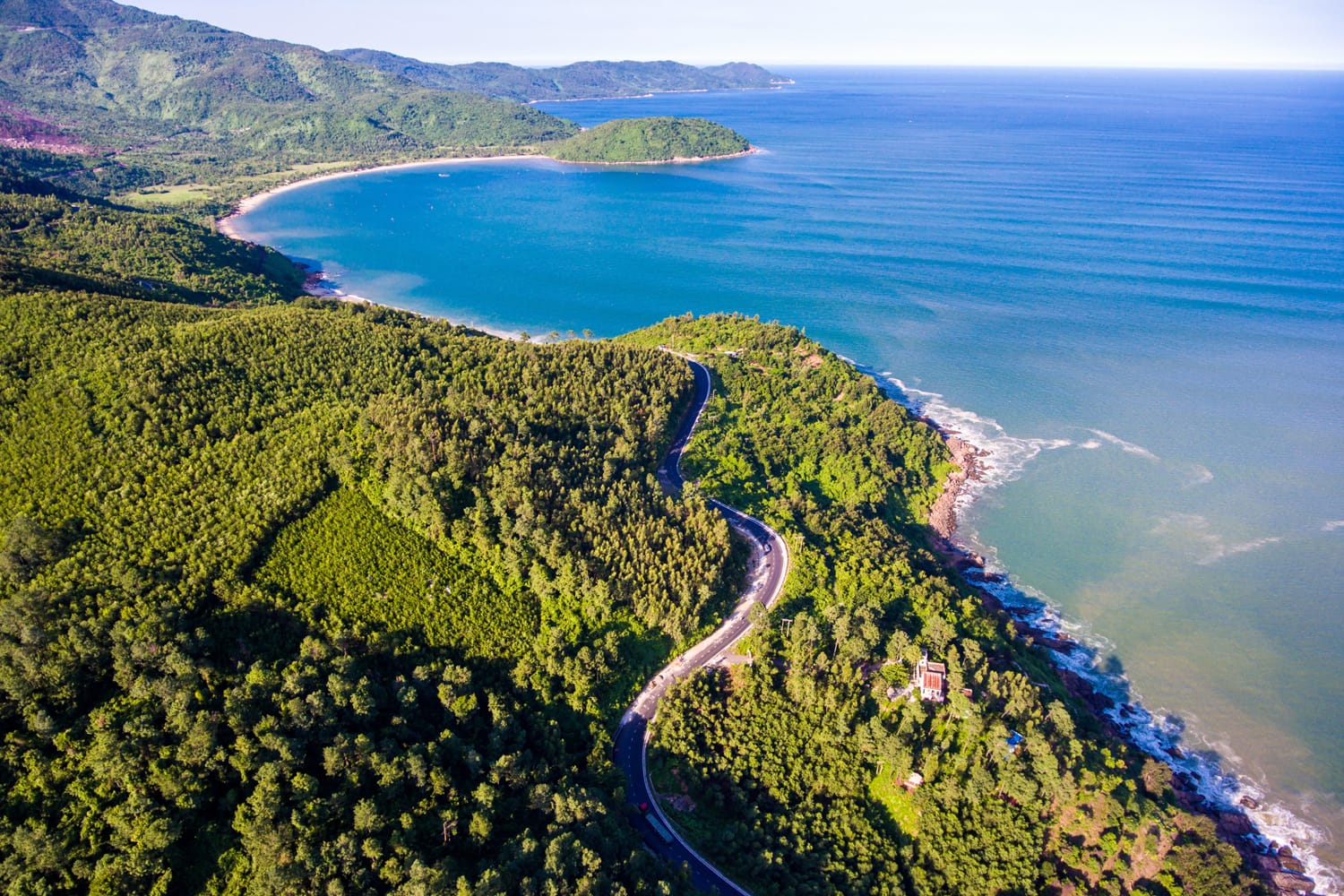
From Hoi An/Da Nang to Hue by Tour
It’s easy to look at getting from Hoi An or Da Nang to Hue as just another travel day, but it doesn’t need to be. Rather than doing all the travel in one go, you can break it up on a Hoi An to Hue day tour, with sightseeing along the way. You’ll turn your travel day into another day exploring what Vietnam has to offer, and at the end you’ll arrive at your next destination.
One such tour takes you north to Hue in an open-top Jeep, stopping at attractions along the way. For a more personal experience, you can instead arrange for a tour in a private car, which will let you see the sights at your own pace. Common stops on these tours include the Marble Mountains, beaches like My Khe Beach, and the City of Ghosts. They’ll also take you via the Hai Van Pass so that you can experience this scenic stretch of road. It’s basically another way to see these places rather than doing the usual approach of a day trip from Hoi An.
Interestingly, these kinds of tours cost around the same per person as a private taxi does for the car. So if you’re traveling solo, it would be better value to do the tour and actually stop at places along the way. The catch with taking a tour is that it’s going to take you the whole day to get there, which isn’t ideal if you just want to get to Hue and start exploring. Not that it’s a day wasted, you just need to decide where you want to spend your time.
There you have each of the options that will help you travel from Da Nang or nearby Hoi An to the city of Hue. Each have their benefits and drawbacks, so it’s really up to you to decide which best suits you and your trip.


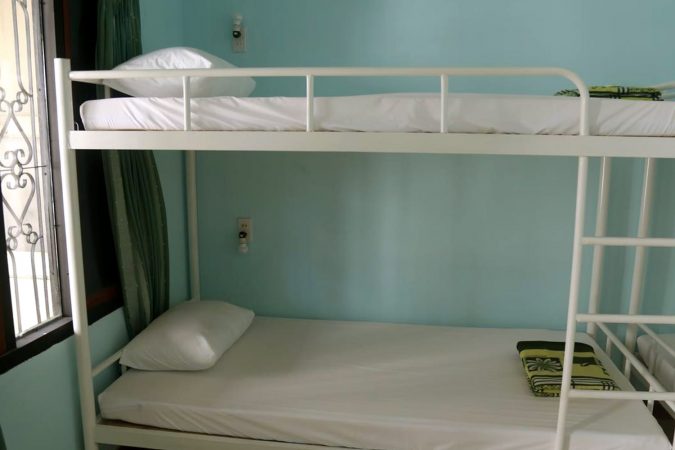
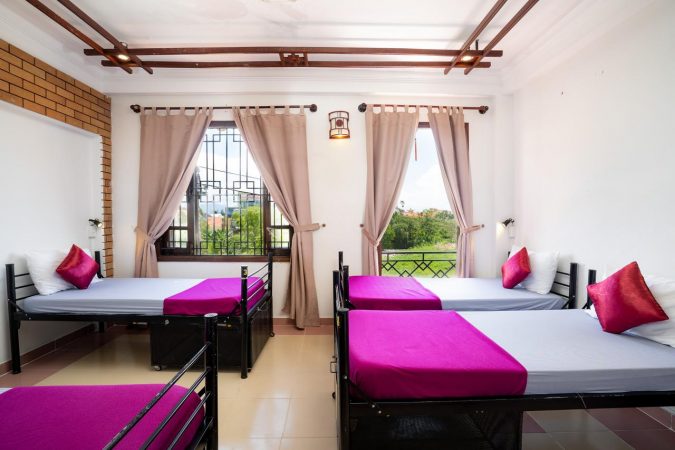


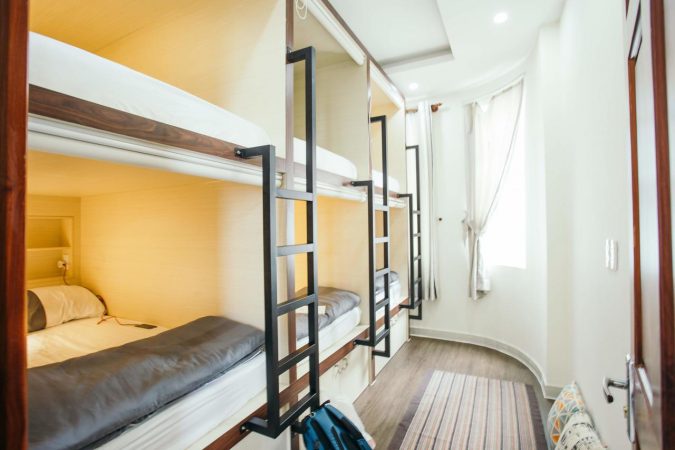
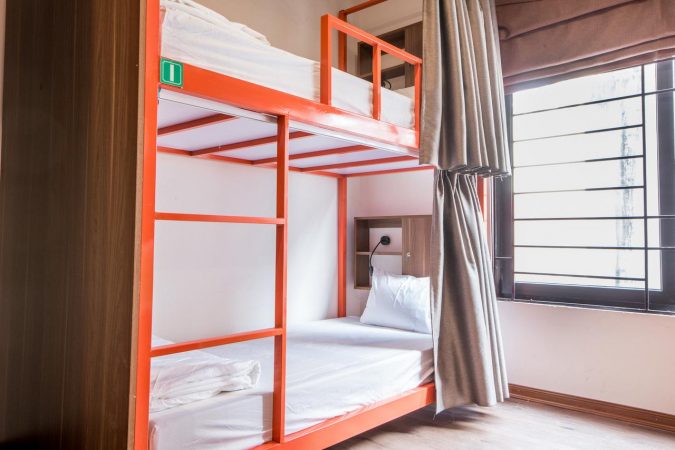
Comments